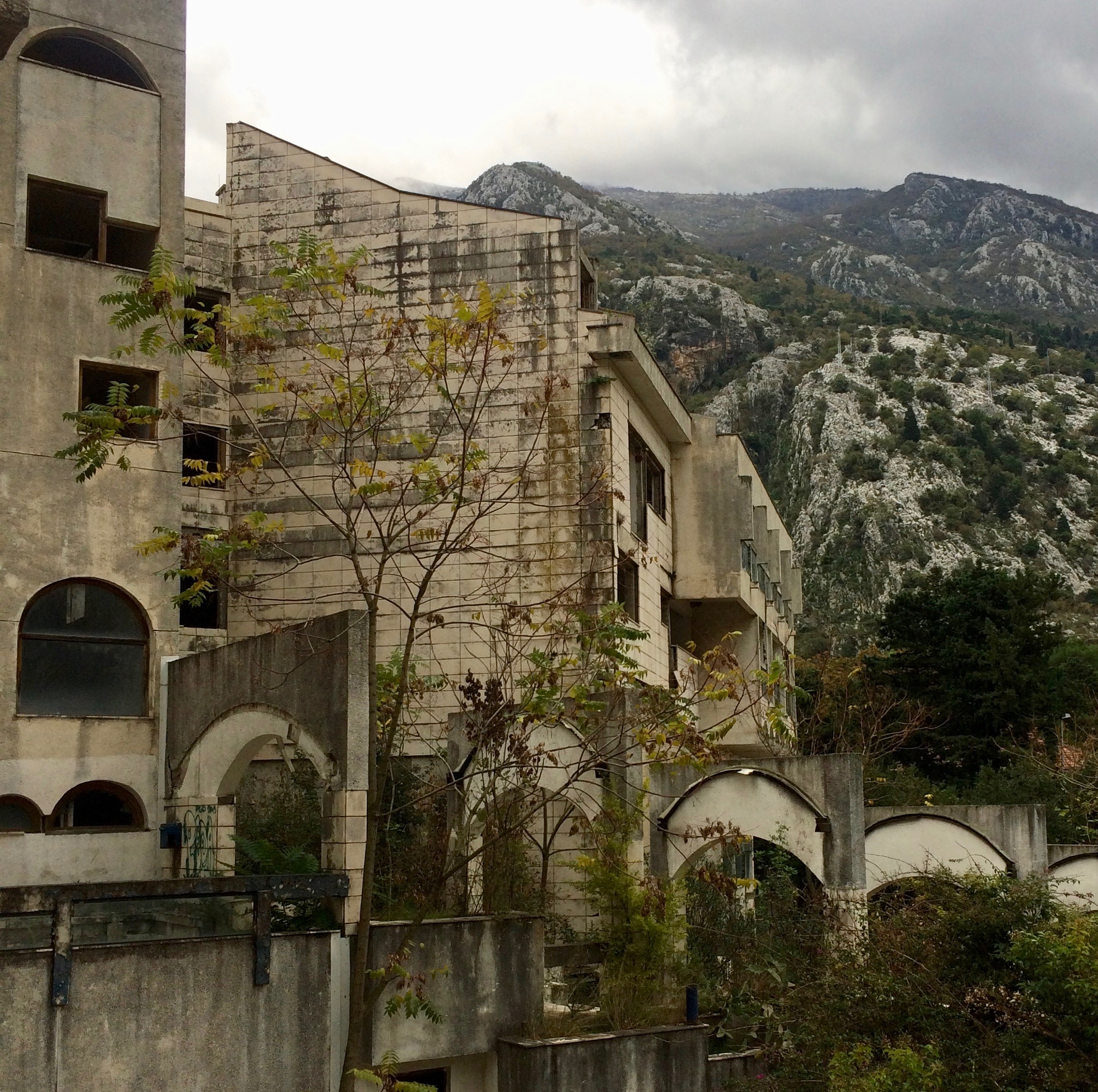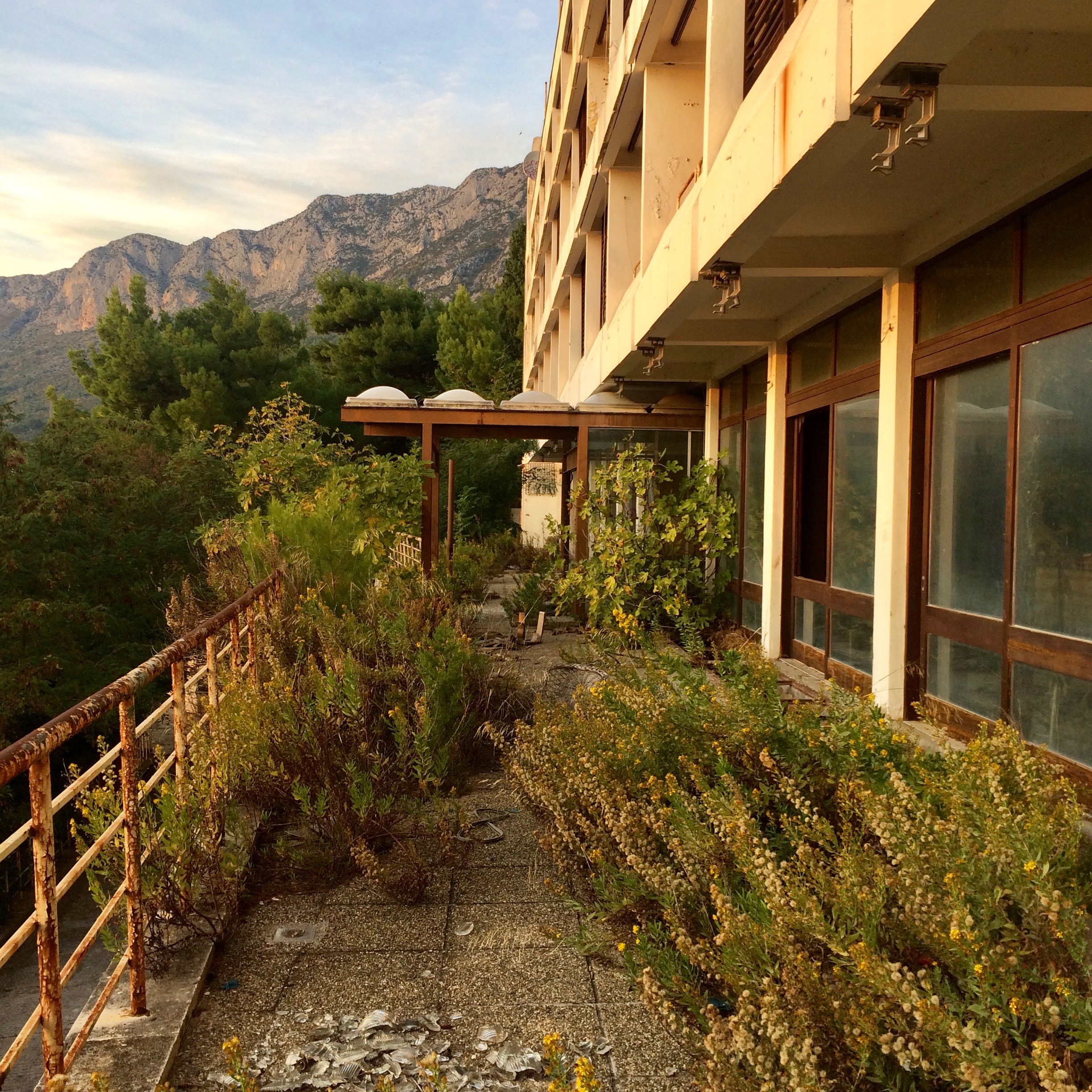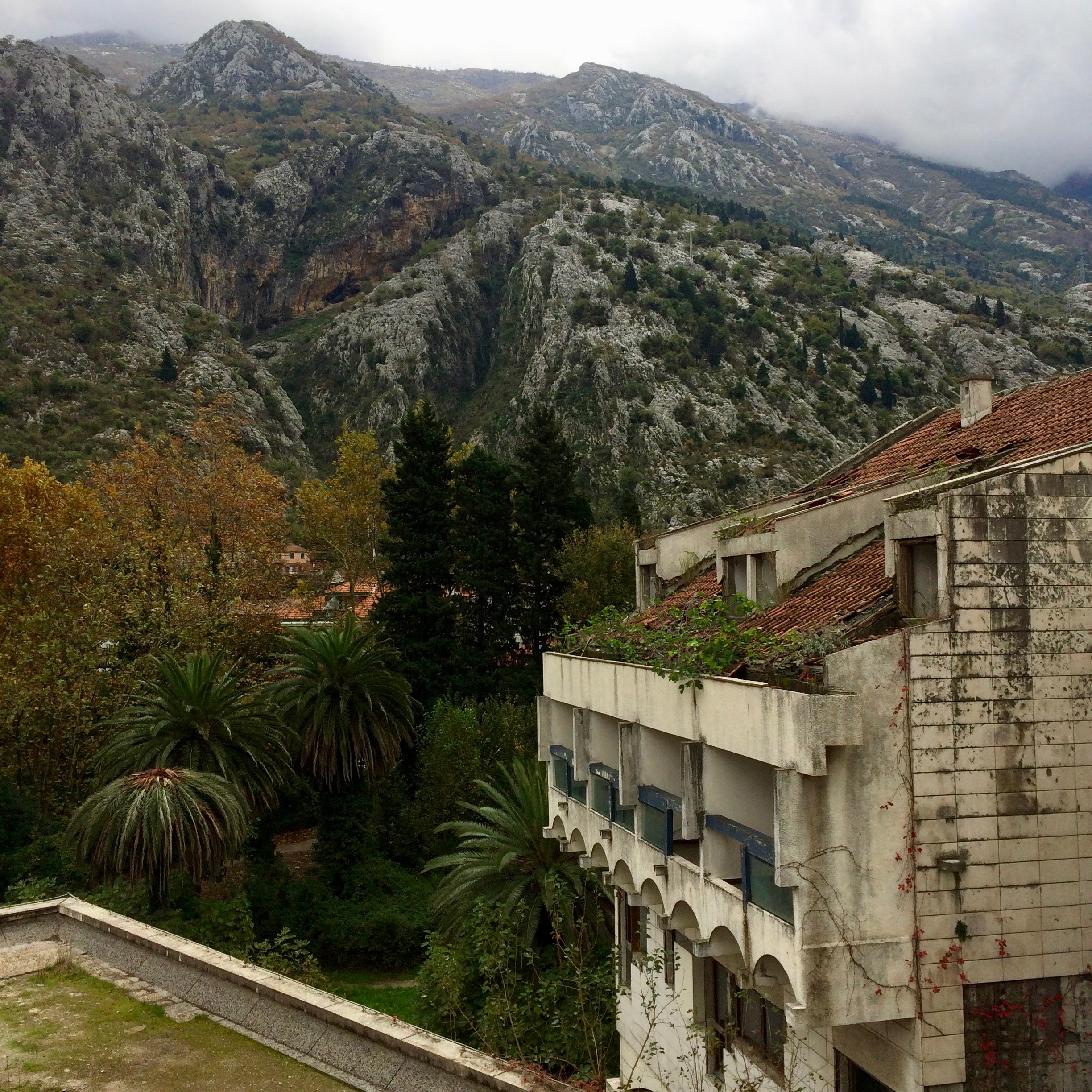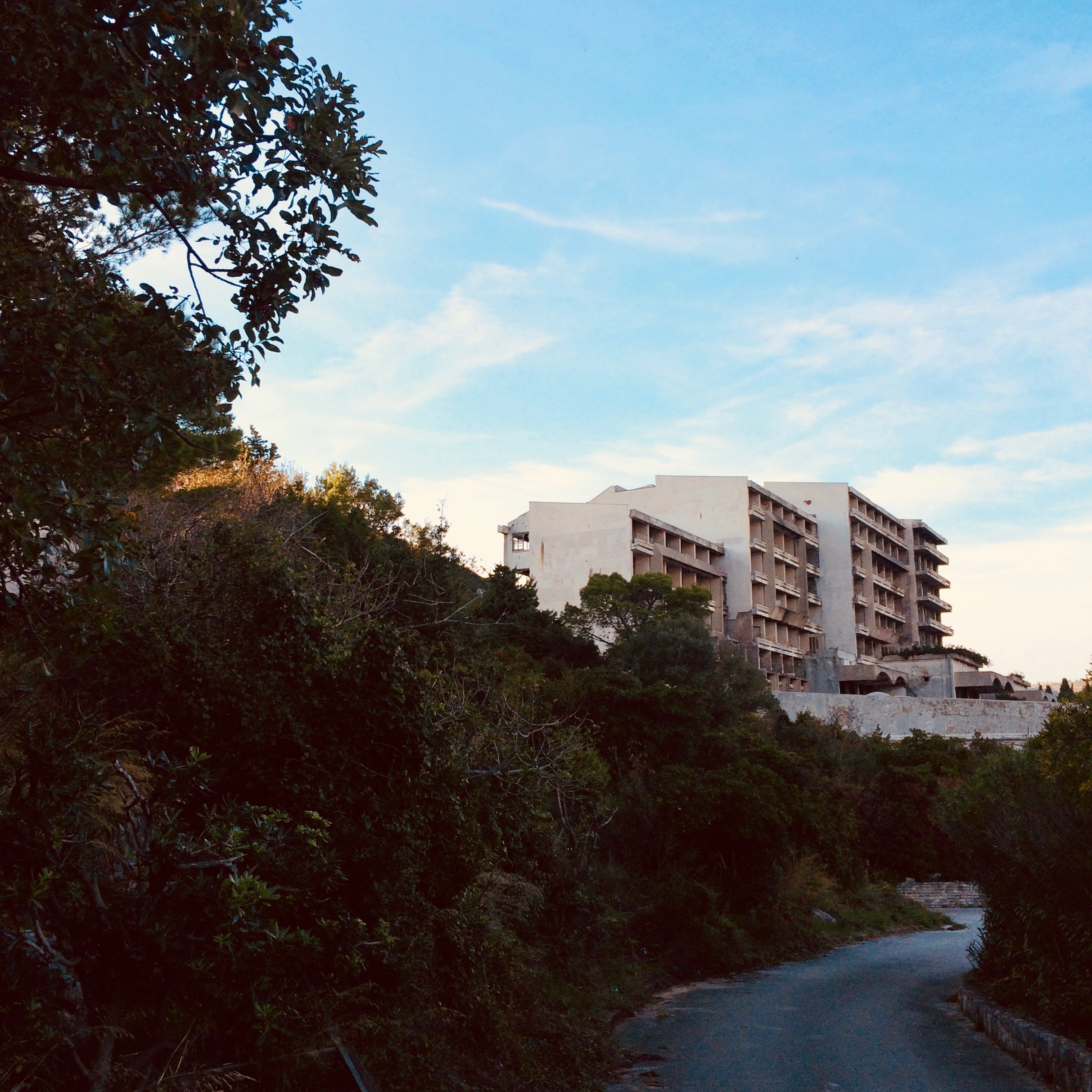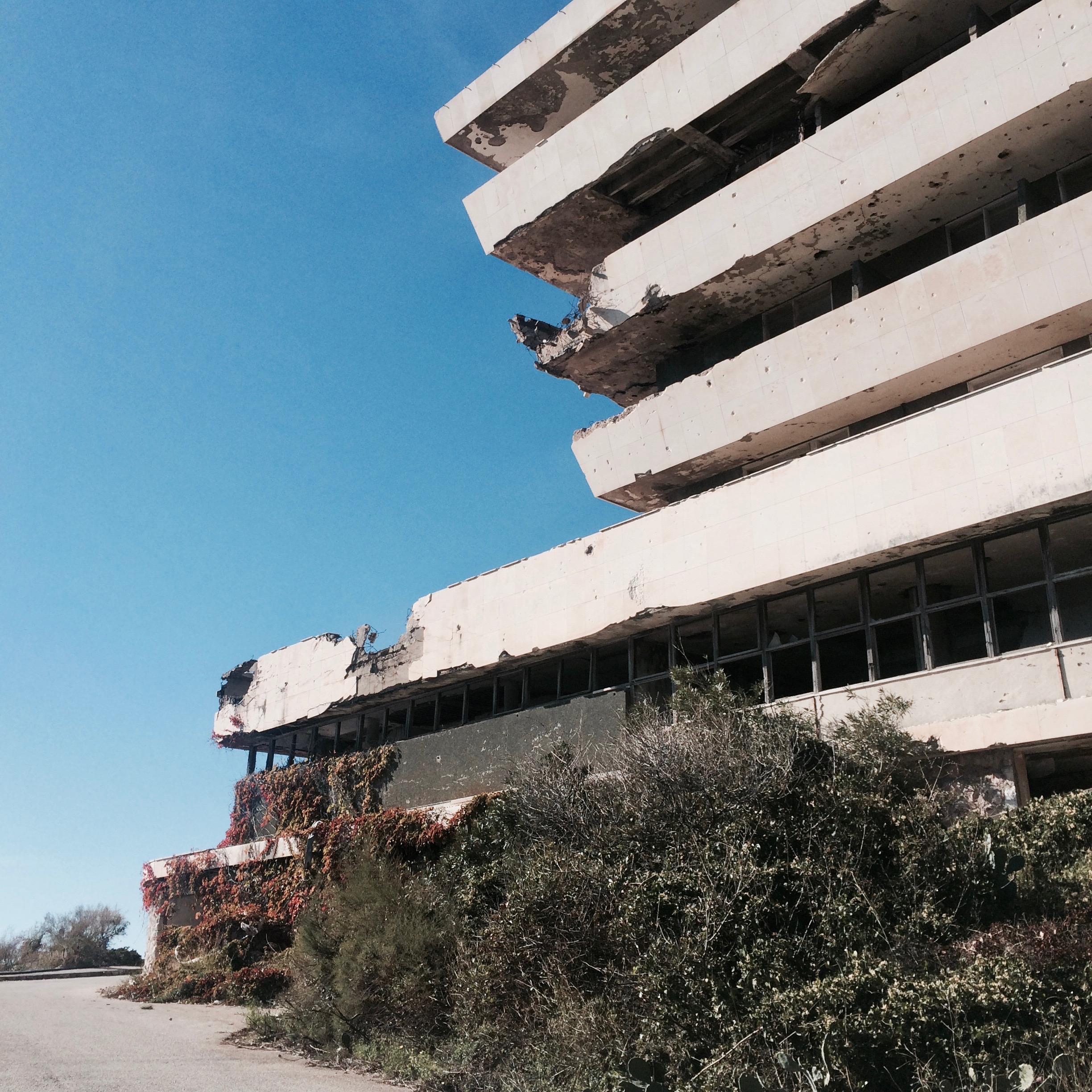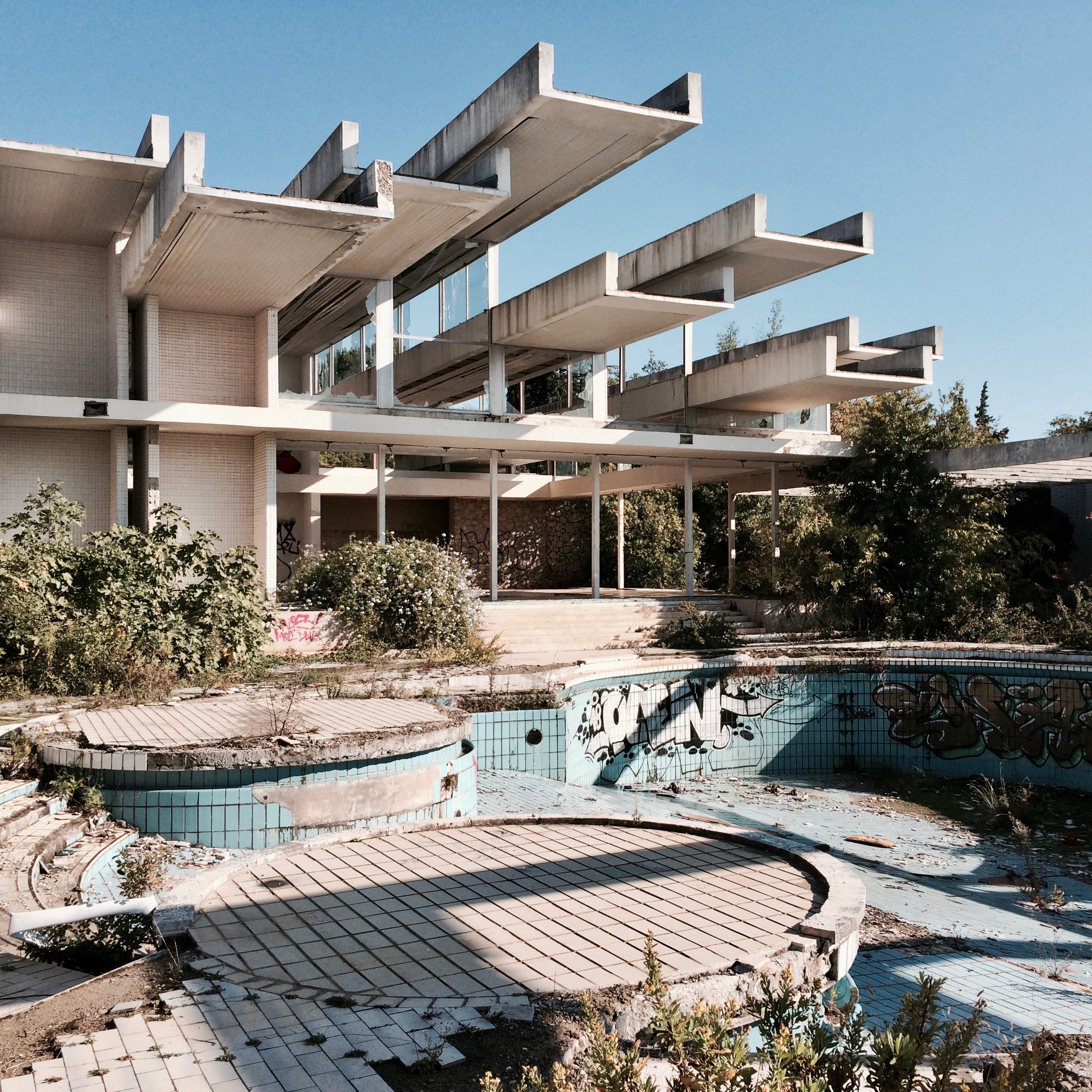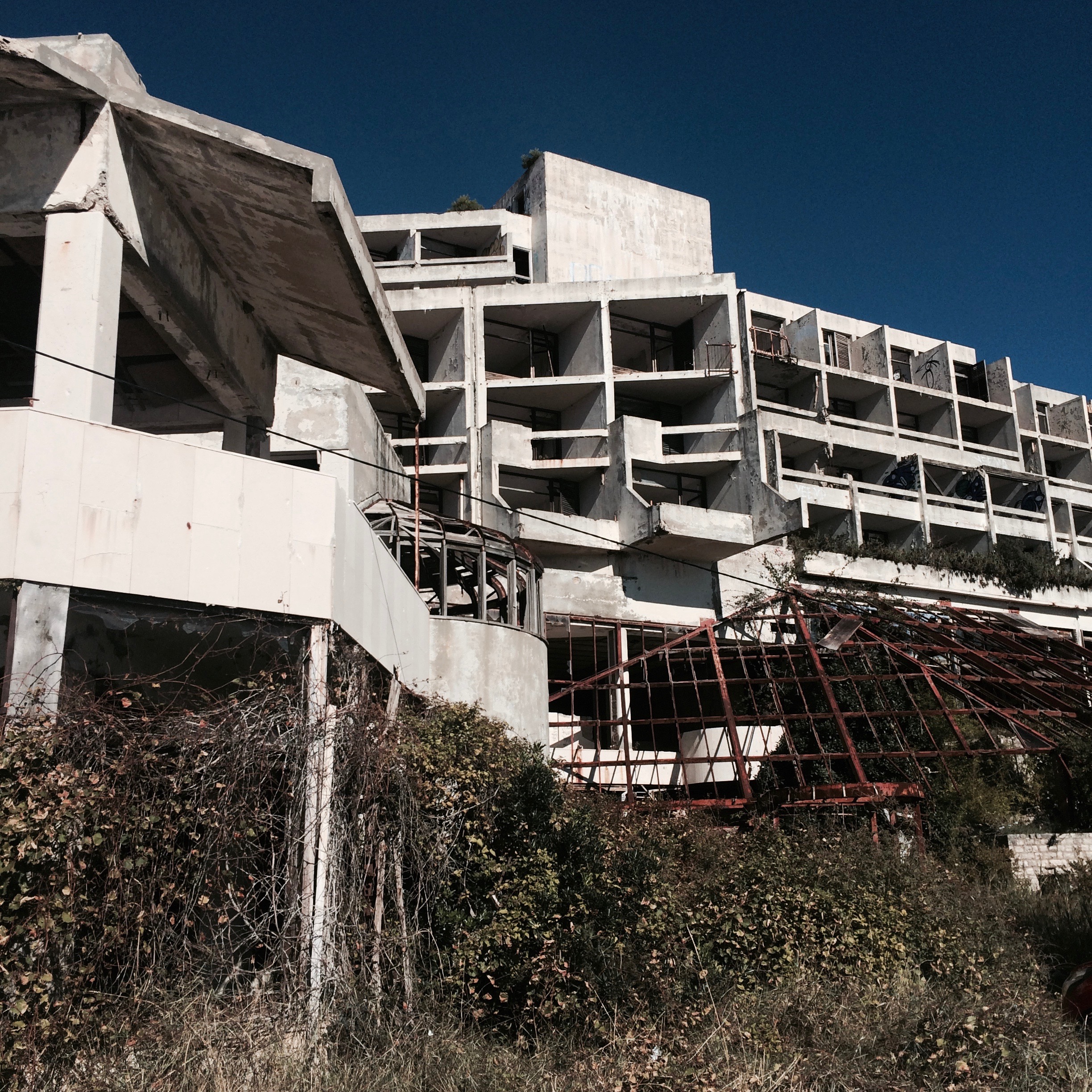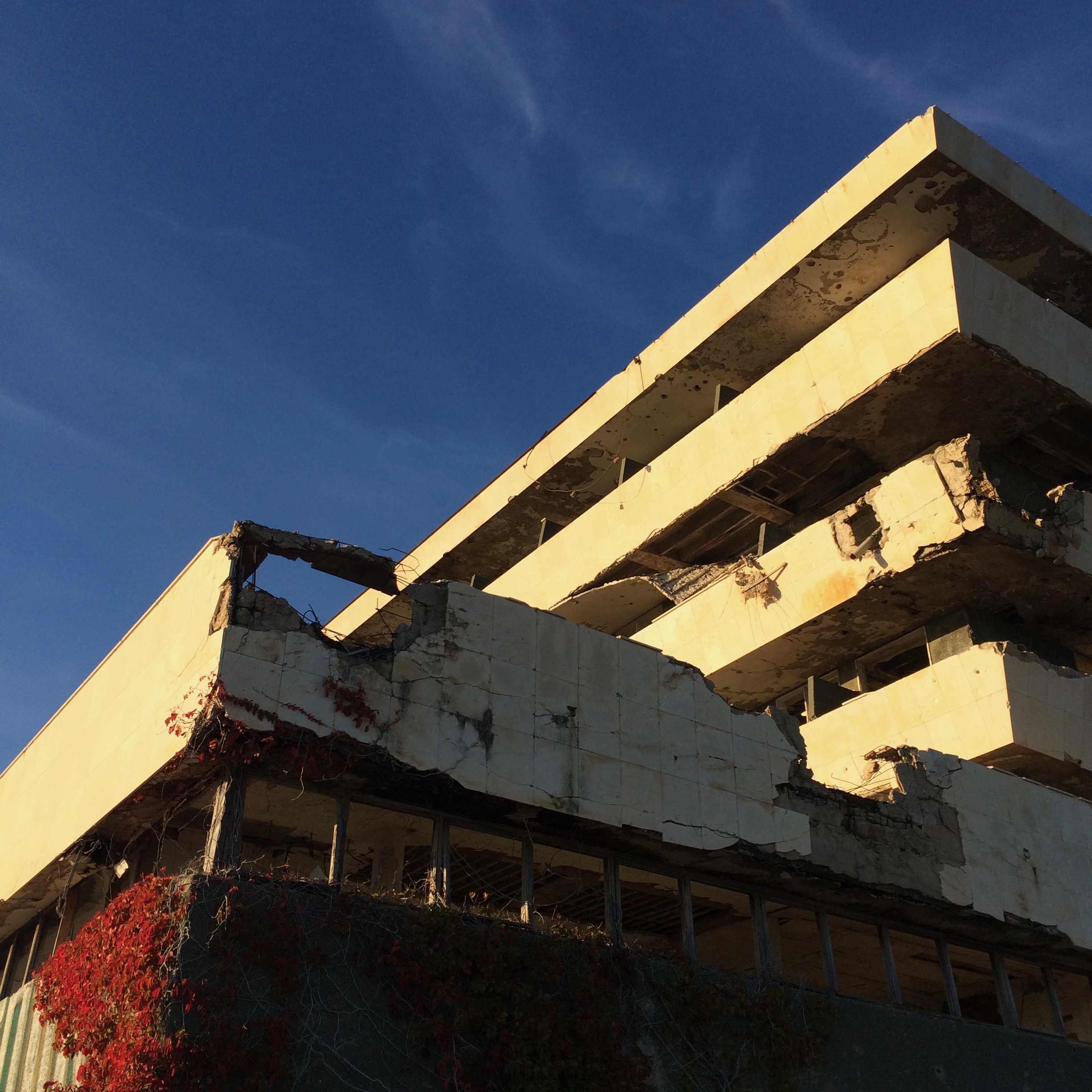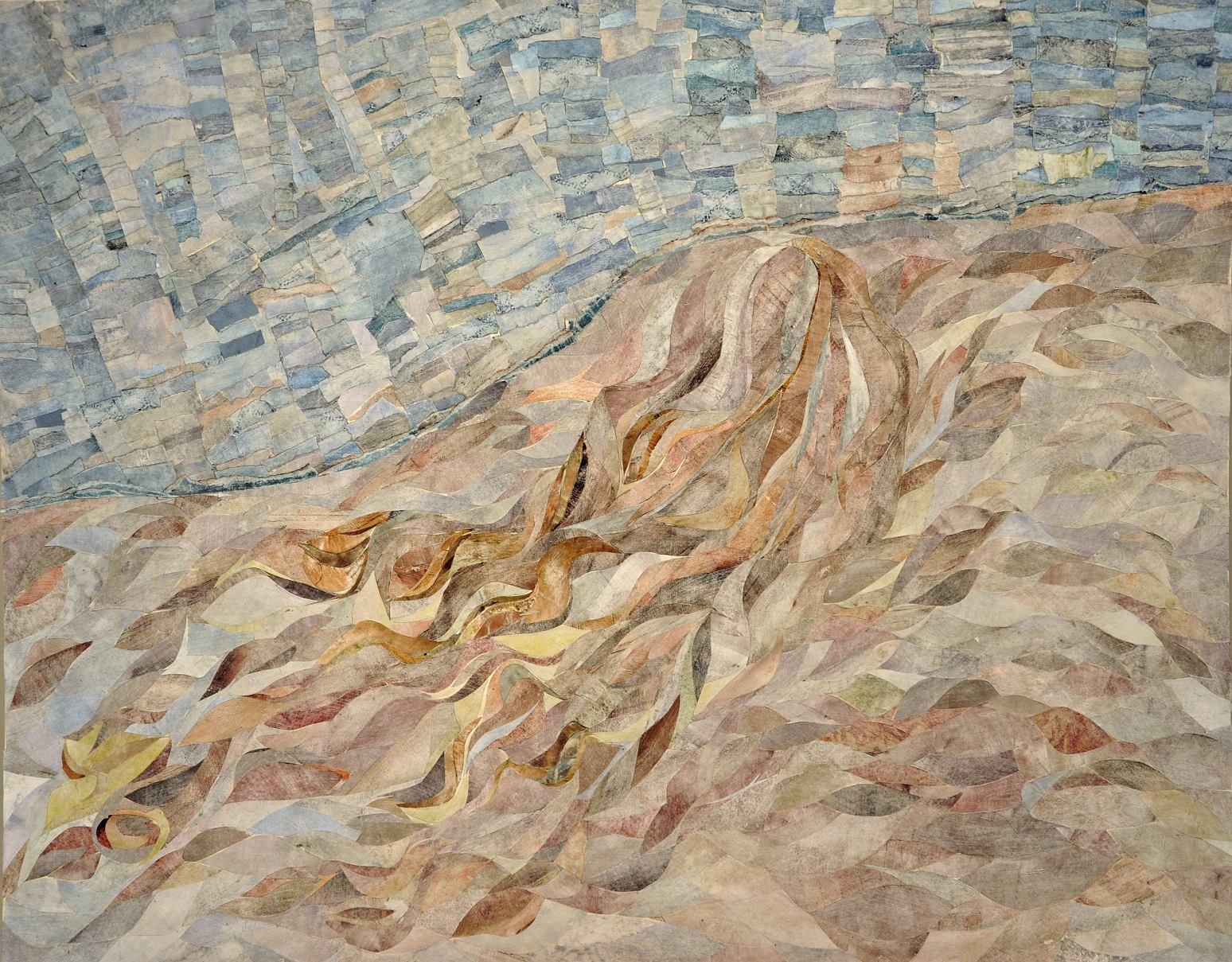: : Safe
// W Stell
When I was living in Jordan, people back in the States frequently asked, “Is it safe over there?” My answer to their question was always “yes.” As for the answer to mine, I do not know.
Just before I left to go “over there,” I was at a retreat center in rural Pennsylvanian woods. It was a place and a time of preparation and enthusiasm, shared with 50 other soon-to-be international volunteers. We were from the United States, Canada, Germany, Bolivia, Egypt, and maybe half a dozen other countries. We were members of many different Christian traditions: mainline Protestant, Evangelical, Catholic, Eastern Orthodox. When we arrived at this retreat center, all of us were strangers to each other. Over the course of our week together in that serene and simple setting, however, we became family. This, we all knew, was a sacred time in a safe place.
It seemed that everyone listened well, gave and received support, conversed with remarkable cultural sensitivity, proclaimed a vision of justice with one heart and mind, managed to set aside their insecurities, and abided in a nearly palpable peace. Again and again, members of our group—including myself—sang the praises of this time and place: “I know it sounds sappy, or dramatic, or whatever, but it just feels like…like heaven here!” Every time, someone responded, “Yeah, I know exactly what you mean!”
